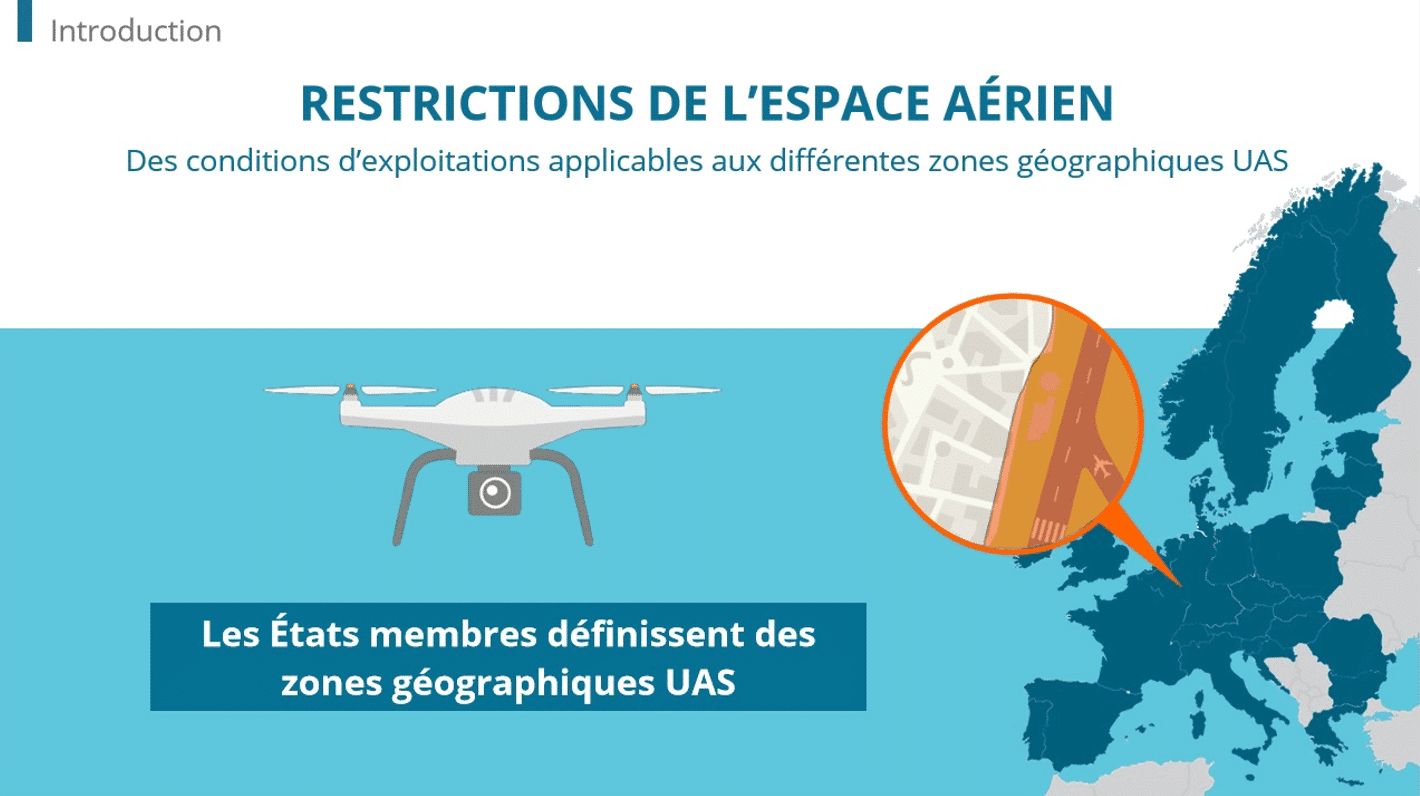” It will be the most important investment that we’ve ever made in our energy security, and developing cost savings and job-creating clean energy solutions for the future ” déclared President Biden on July 28, 2022, in announcing a ” historic agreement “, The IRA. The Inflation Reduction Act is a U.S. fiscal policy intended to reduce the country’s inflation. However, there are multiple components to the bill, some of which have tremendous ramifications on the manufacturing sector. With IRA now enacted into law, how can industries incorporate digital learning as they implement IRA into their business procedures and practices?
The Inflation Reduction Act explained
The IRA was signed into law in August 2022 as part of an initiative to reform the tax system. The intent is multifold, with aims to lower healthcare costs and rising drug prices and reduce the nation’s carbon footprint. Funds will be allotted to the Affordable Care Act, drug pricing reform, energy security, and climate change initiatives among others.
To foot the cost of the initiative, there will be a 15% corporate tax imposed on companies earning over US$1 billion.
Upon the passing of the IRA, the European Commission has also announced plans to follow suit with similar bills to promote green and renewable energy and offset rising healthcare costs.
How does the Inflation Reduction Act impact the manufacturing industry?
How is the IRA relevant to the manufacturing sector and why is it important for this industry and other B2B niches to pay attention? There are initiatives that are of relevance to manufacturing companies. For starters, the bill includes a US$60 billion manufacturing tax credit program allocated to companies that invest in green energy. There’s a further US$30 billion in tax credit for manufacturers in the wind and solar energy production sector.
These provisions will especially have a significant impact on certain manufacturing industries. Companies that may benefit include domestic parts distributors of components in electric vehicles, HVAC, etc. Semiconductor, aluminium, and fibreglass suppliers are some of the sectors that may benefit as well.
How digital learning can assist industries implementing IRA
Education is more essential than ever to get current and incoming members of the workforce prepared for changes in standard industry practices. E-learning for manufacturing gives employees the knowledge and readiness to implement their trade in a manner aligned with IRA initiatives. Here are some ways to incorporate digital learning into your company training courses.
1. Hire and onboard qualified candidates
Create a comprehensive training course for incoming employees and refresher material for existing staff. Qualifying for tax incentives under the IRA may mean changes in daily business operations and standard procedures, including the adoption of green energy practices and emissions-reducing measures. Training will need to reflect this.
Training can also include a primer on IRA itself, so course takers understand the reason behind the changes in operational procedures and how it benefits their industry profession. This is relevant even if you employ remote foreign workers, so they understand the laws and practices that govern the company’s direction and decision-making processes.
2. Stay up to date on compliance laws
With the IRA in effect, there may be changes in compliance laws that naturally follow. This should mostly pertain to sustainability practices, waste production/disposal, etc. Courses should include updates on current compliance measures at the federal, state, and company levels.
Courses can take formal material from government sites and convert it into more engaging content. Include just the passages and sections from the bill relevant to your industry. Break down the reading into more digestible formats and use a combination of slides, videos, quizzes, and even gamification.
3. Blended learning : use e-learning in conjunction with field training
Manufacturing is a hands-on field. Changes in operation spurred by IRA will require staff to learn new skill sets and procedures primarily on the warehouse floor or assembly line, not behind a mobile device. Digital learning merely supplements on-the-ground hands-on training. Create courses divided into stages, incorporating reading and knowledge-based education, followed by the necessary ensuing fieldwork.
4. Conduct live instructor-led training sessions
Courses are more engaging and interactive when there’s a lecture component featuring a live trainer that can lead a course and take questions in real time. The instructor should be able to convey the what, why, when, and how regarding procedural changes related to IRA. These are the areas the instructor should understand in detail:
- The specific details of IRA and the short- and long-term impacts on the manufacturing sector
- Why the company is making changes (i.e., tax credit qualifications)
- The timeframe of when changes will go into effect
- A detailed breakdown of the changes and how this will impact the employees’ daily affairs: for example, if there’s going to be a rollout of energy-saving machinery, how will this affect work during the transition period?
Make Dokeos LMS your digital learning platform of choice
The IRA presents new opportunities for certain sectors of manufacturing. With this comes new ways of running daily operations, and this needs to be communicated clearly and concisely. The most effective way to do this is through an LMS designed for manufacturing. With Dokeos LMS, create your own blended learning courses that cover compliance, operating procedures, industry news, and more. Sign up for a free trial today !
Ready to start building effective, easy-to-use training programs for your company ? At Dokeos, we can help you design, create, and run in-house training that is tailored to your unique needs. Dokeos LMS features an easy-to-use course builder complete with pre-made templates. Contact us !















